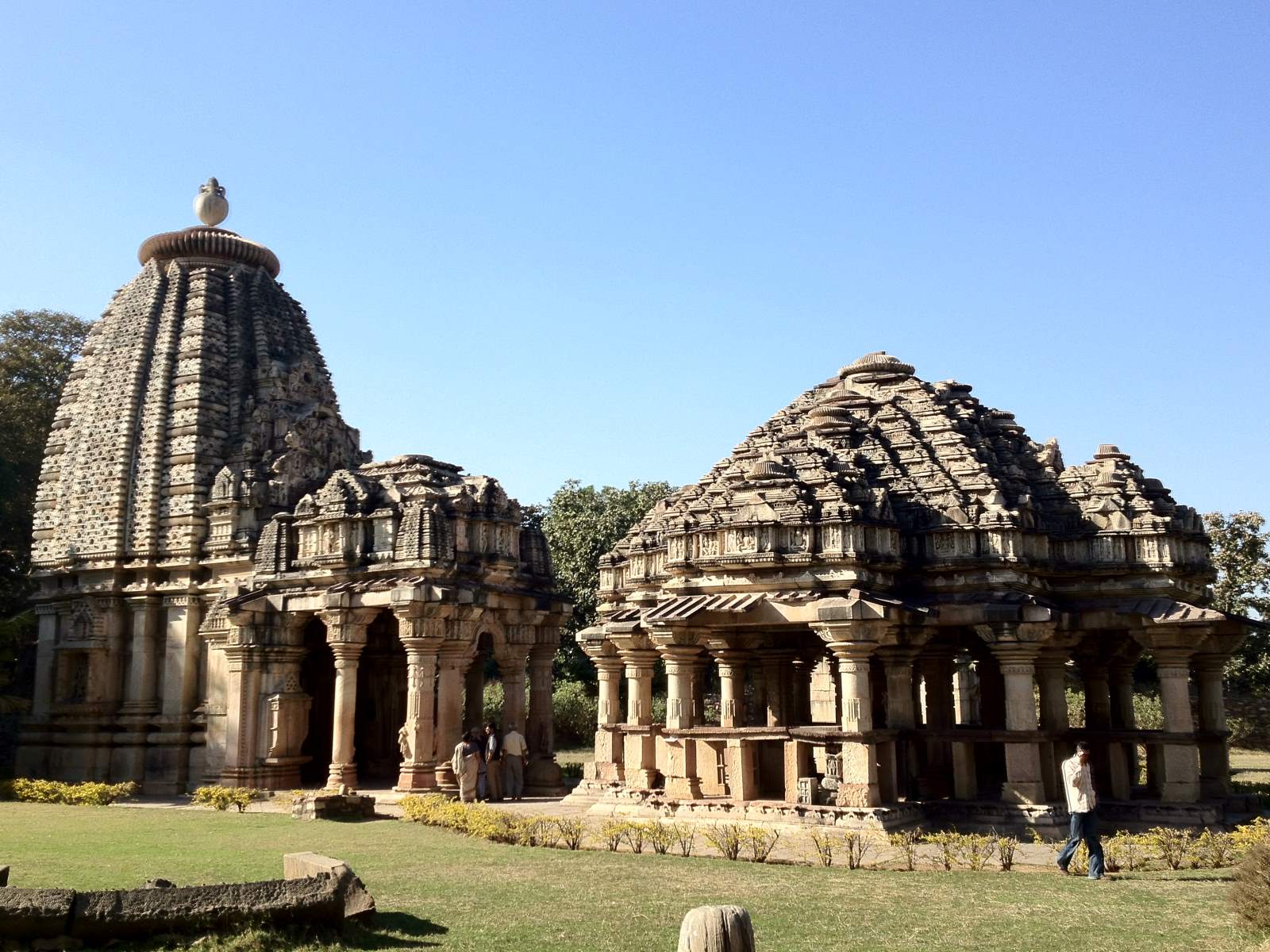
Ghateshwor Temple is a renowned landmark that holds immense cultural and religious significance. Located in the mesmerizing Himalayan country of Nepal, this temple is not just a place of worship but also a testament to the architectural brilliance of ancient times. While it is widely known for its spiritual aura, there are numerous fascinating facts about Ghateshwor Temple that may surprise you.
From its unique architectural style to the rituals and traditions practiced within its sacred premises, Ghateshwor Temple has captivated the hearts and minds of locals and international visitors alike. Join us as we take a deeper look into this enchanting temple and unveil ten surprising facts that will leave you in awe.
Key Takeaways:
- Ghateshwor Temple, built in the 18th century, holds cultural and religious significance in Nepal. Its stunning architecture and association with the god of death make it a unique and mystical destination for visitors.
- Visitors to Ghateshwor Temple can experience traditional rituals, vibrant celebrations, and architectural wonders. The temple’s preservation efforts ensure its cultural and religious importance for future generations.
The History of Ghateshwor Temple
Ghateshwor Temple, located in Nepal, is believed to have been built in the 18th century. It holds immense cultural and religious significance for the local communities.
The Mystical Location
Ghateshwor Temple is situated amidst the beautiful landscape of the Himalayas, providing a breathtaking backdrop for visitors seeking spiritual solace.
Intricate Architectural Design
The temple showcases exquisite craftsmanship, featuring intricate wood carvings and detailed stone sculptures that depict various Hindu deities. It is a true testament to the artistic skills of the local artisans.
Unique Belief in God of the Dead
One of the surprising aspects of Ghateshwor Temple is its association with Yama, the Hindu god of death. It is believed that offering prayers at the temple can bring protection from unnatural deaths and ensure a peaceful afterlife.
Ritual of Lighting Oil Lamps
Visitors to Ghateshwor Temple can participate in a traditional ritual of lighting oil lamps called “deepa pradakshina.” This ritual signifies the triumph of light over darkness and is said to bring blessings and good fortune.
Nepali New Year Celebrations
Ghateshwor Temple is a focal point for vibrant celebrations during the Nepali New Year, known as “Baisakh.” Thousands of devotees gather to offer prayers and seek blessings for a prosperous year ahead.
The Fascinating Malla Architecture
The temple’s architecture is reminiscent of the Malla dynasty, showcasing the distinctive pagoda-style structure that was prevalent during their reign. It stands as a historical testament to Nepal’s rich cultural heritage.
The Sacred Ghanta (Bell)
A prominent feature of Ghateshwor Temple is the large brass bell, known as the “ghanta.” Devotees ring the bell to announce their arrival and seek the attention of the deities, symbolizing devotion and reverence.
Annual Mahashivaratri Festival
The temple comes alive during the annual Mahashivaratri festival, dedicated to Lord Shiva. Devotees from far and wide gather to offer prayers and participate in religious rituals, creating a vibrant and festive atmosphere.
Preservation Efforts
Ghateshwor Temple is under the care and protection of cultural and heritage authorities in Nepal. Extensive efforts are being made to preserve its architectural integrity and ensure its cultural significance for future generations.
These 10 surprising facts about Ghateshwor Temple showcase its historical, cultural, and religious importance. Whether you are a spiritual seeker, an admirer of architectural wonders, or a cultural enthusiast, a visit to this temple will surely leave you awe-inspired.
Conclusion
In conclusion, Ghateshwor Temple is truly a remarkable landmark with a rich history and cultural significance. From its intriguing architecture to its intricate carvings, every aspect of this temple captivates visitors and locals alike. The temple’s unique location, nestled amidst the picturesque hills, adds to its charm and tranquility. Additionally, the temple’s religious and spiritual importance draws countless devotees and pilgrims throughout the year. Ghateshwor Temple truly showcases the ancient craftsmanship and devotion of the Nepalese people. Whether you’re exploring the temple for its architectural beauty or seeking spiritual solace, Ghateshwor Temple is a must-visit landmark that will leave you awe-inspired.
FAQs
1. What is the history of Ghateshwor Temple?
The Ghateshwor Temple has a history dating back several centuries. It was built during the reign of the Malla dynasty and has witnessed various renovations and restorations over the years.
2. What is the significance of Ghateshwor Temple?
Ghateshwor Temple holds immense religious and spiritual significance for the Nepalese people. It is dedicated to Lord Shiva and is believed to fulfill the wishes and desires of devotees.
3. Can non-Hindus visit Ghateshwor Temple?
Yes, non-Hindus are allowed to visit Ghateshwor Temple. However, it is important to respect the religious customs and practices observed within the temple premises.
4. Are there any festivals celebrated at Ghateshwor Temple?
Yes, several festivals are celebrated at Ghateshwor Temple throughout the year. The most significant festival is Mahashivaratri, when a large number of devotees gather to offer prayers and seek the blessings of Lord Shiva.
5. Is photography allowed inside the temple?
Photography is generally allowed inside Ghateshwor Temple premises. However, it is advised to seek permission from the authorities and be respectful towards other worshippers while taking photographs.
Ghateshwar Temple's fascinating history, mystical location, and unique features make it a must-visit destination. If you enjoyed learning about this incredible temple, why not explore more captivating facts about temple architecture, Hindu temples, and sacred pilgrimage sites?
Was this page helpful?
Our commitment to delivering trustworthy and engaging content is at the heart of what we do. Each fact on our site is contributed by real users like you, bringing a wealth of diverse insights and information. To ensure the highest standards of accuracy and reliability, our dedicated editors meticulously review each submission. This process guarantees that the facts we share are not only fascinating but also credible. Trust in our commitment to quality and authenticity as you explore and learn with us.
